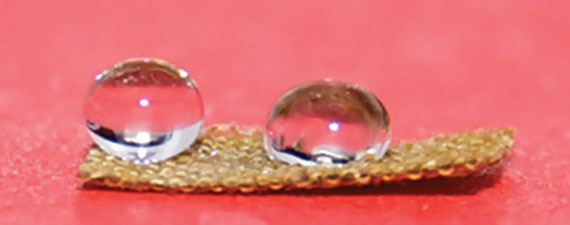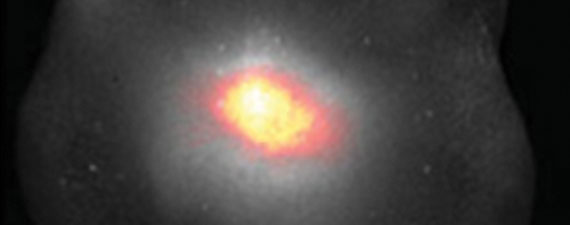Faculty Research & Honors
Technology Transfer
Three New Cornell Start-ups
 Cornell Start-ups Launched in New York State in 2009
Cornell Start-ups Launched in New York State in 2009
Reparo Therapy
Reparo Therapy develops DNA repair-enhancing ingredients and products for consumer and clinical use. The technology is based on a discovery at Weill Cornell Medical College of a mechanism that improves the ability of cells to repair DNA damage caused by UV or chemical carcinogens.
Geneweave Biosciences
Geneweave Biosciences develops rapid molecular diagnostic tests for infectious diseases. The invention is based on bacterial detection technology from Cornell’s biomedical engineering and microbiology departments.
InFlora
InFlora is commercializing a collection of unique woody ornamental plants, which are popular for defining outdoor living spaces. The flowers are used in creative floral arrangements.
Fabrics with Super Powers

iFyber
iFyber customizes fabrics for use in military, medical, and technical settings by treating them with nanoparticles. The start-up company began in 2008 to bring to market this highly viable technology that deposits nanocoatings on natural and synthetic fibers with nanoscale precision. The chemical process endows the fabric with properties, such as simultaneous water and oil resistance, antimicrobial behavior, and electrical conductivity. The technology has a wide range of potential applications, from detecting counterfeiting devices, explosives, and dangerous chemicals to serving as antibacterials for hospitals.
iFyber has received two Small Business Innovative Research grants from the U.S. Department of Defense to develop custom fabrics using nanotechnology: a material that can detect and identify leaks in chemical warfare suits used by the U.S. Air Force and a novel antibacterial fabric for wound dressings and surgical sutures for the U.S. Navy.
The technology was developed by Juan Hinestroza, Fiber Science and Apparel Design, with research associate Aaron Strickland, Food Science. iFyber was launched and funded by KensaGroup, in collaboration with the Cornell Center for Technology, Enterprise, and Commercialization.
Cornell Dots Light Up Tumors

Hybrid Silica Technologies
Cornell dots—developed in 2005 in the lab of Ulrich Wiesner, Materials Science and Engineering, and commercialized into a start-up, Hybrid Silica Technologies—have been proven effective in showing surgeons where tumors are located. Researchers at Memorial Sloan- Kettering Cancer Center demonstrated that the bright fluorescent nanoparticles are biologically safe and can be efficiently excreted from the body after completing the task of lighting up tumors. Work at Memorial Sloan-Kettering also demonstrated that the technology reveals the extent of cell death and a tumor’s blood vessels, treatment response, and invasive or metastatic spread to lymph nodes and distant organs. A single Cornell dot, also known as C dot, is approximately five nanometers in diameter and consists of several dye molecules encased in a silica shell.
Refinement of C dots has continued in the labs of Wiesner and Michelle Bradbury at Memorial Sloan-Kettering since the company’s founding. C dots also have potential applications in displays, optical computing, sensors, and DNA chips.
› Top